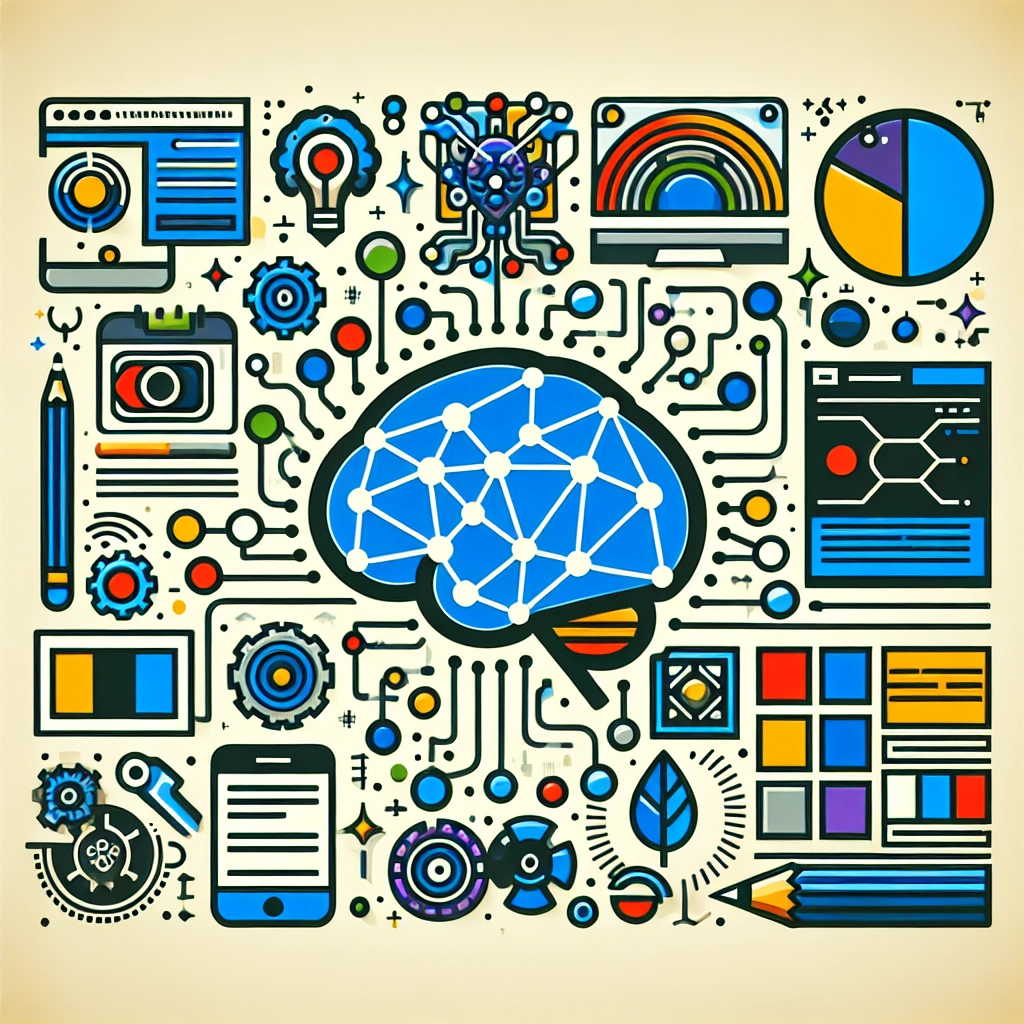How to Design High-Converting Ad Creatives with AI

In the fast-paced digital landscape, constantly evolving marketing strategies are key to standing out in a crowded marketplace. One of the most important components of any campaign is the ad creative. Designing high-converting ad creatives can be a challenging task, but with the integration of Artificial Intelligence (AI) into the design process, marketers can significantly enhance their effectiveness. This article will explore methodologies to design high-converting ad creatives utilizing AI, focusing on branding and visual design.
Understanding Your Audience
The first step to creating effective ad creatives is to understand your target audience. AI tools can analyze user behavior, preferences, and demographics to help you create buyer personas. By leveraging these insights, you can tailor your ad visuals to resonate with your audience’s interests and needs, thereby increasing conversion rates.
Leveraging AI for Inspiration and Design
AI-powered design tools like Canva, Adobe Sensei, or Designhill’s Logo Maker provide users with a range of templates and design suggestions. These platforms can analyze popular trends in your niche, allowing you to figure out which colors, fonts, and imagery are currently resonating with your target audience. For instance, if you’re in the fitness industry, AI can suggest bold color schemes and dynamic imagery that evoke energy and commitment, helping your brand to visually align with the desires of your audience.
Creating Eye-Catching Visuals
Visual content is inherently more engaging than text-based content. Using AI, you can create visually striking ads that capture attention immediately. AI tools excel at generating high-quality images and emojis that can enhance your ad creatives. Deep learning algorithms are capable of learning from existing successful design patterns, suggesting elements that are more likely to grab your audience's attention.
Another interesting application of AI is generative design. Tools such as DALL-E or Midjourney can create unique visuals based on a few keywords. By generating never-before-seen images tailored specifically to your campaign, you can differentiate your ads from competitors and engage your audience effectively.
The Role of Personalization
In today's marketplace, personalization is not just an option but a necessity. Ads that are tailored to individual preferences achieve higher conversion rates. AI can analyze user data and segment audiences to ensure that the right ad reaches the right person.
Imagine running a campaign with multiple versions of an ad, each customized for specific demographics or user behaviors. AI tools can automatically adjust visuals, colors, or even the messaging itself based on real-time feedback and engagement statistics. This allows for a responsive design strategy where marketers can continually refine ads for better performance.
Testing and Optimization with AI
Once your ad creatives are live, the next phase is to test and optimize them effectively. AI algorithms can analyze performance data to determine what is working and what isn't. Through A/B testing, AI can predict which elements of your ads have the most substantial impact on conversions. For example, it can evaluate different CTAs (call-to-actions), image placements, or ad formats to help optimize the final output.
Moreover, AI can identify patterns in user engagement and behavior, providing insights that can inform future campaigns and creative decisions. This data-driven approach to design ensures that your ad creatives evolve continually, helping you stay ahead of the competition.
Maintaining Brand Consistency
While using AI in your ad designing process, it is important to keep brand consistency at the forefront. Your visuals should reflect your brand identity, values, and voice while capitalizing on AI-generated insights. Utilizing AI in creating variations of your brand assets can help maintain this consistency, ensuring that your brand remains recognizable and reliable.
Automation tools can assist in adhering to brand guidelines, such as color palettes, logo placement, and typography, allowing you to harness the efficiency of AI while preserving your brand's integrity.
Conclusion
Designing high-converting ad creatives requires a blend of creativity and analytical thinking. With AI tools, marketers can streamline the design process, create visually appealing, personalized ads, and optimize campaigns for the best results. By understanding your audience, utilizing AI for design inspiration, and continuously testing and optimizing with data, you can develop ad creatives that not only draw attention but also drive conversions, solidifying your brand’s position in the market.
As technology continues to evolve, integrating AI into your branding and visual design strategy will become increasingly vital. Embrace this technological force to enhance your ad creatives and lead your marketing efforts to new heights.